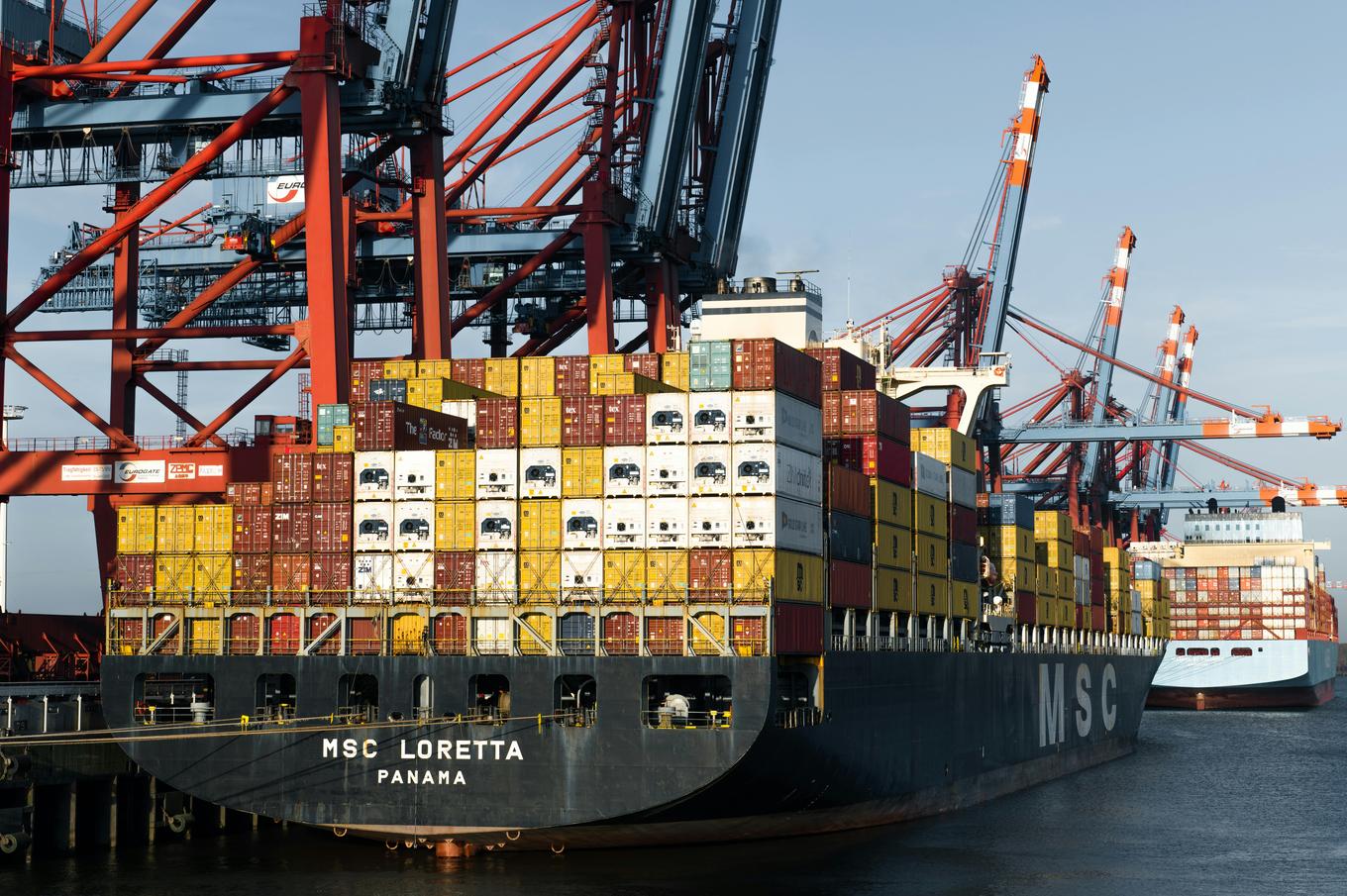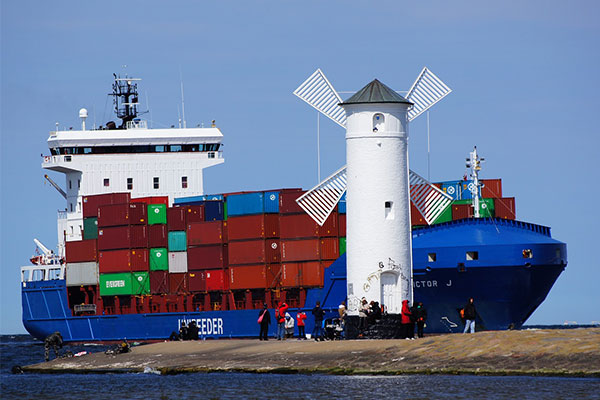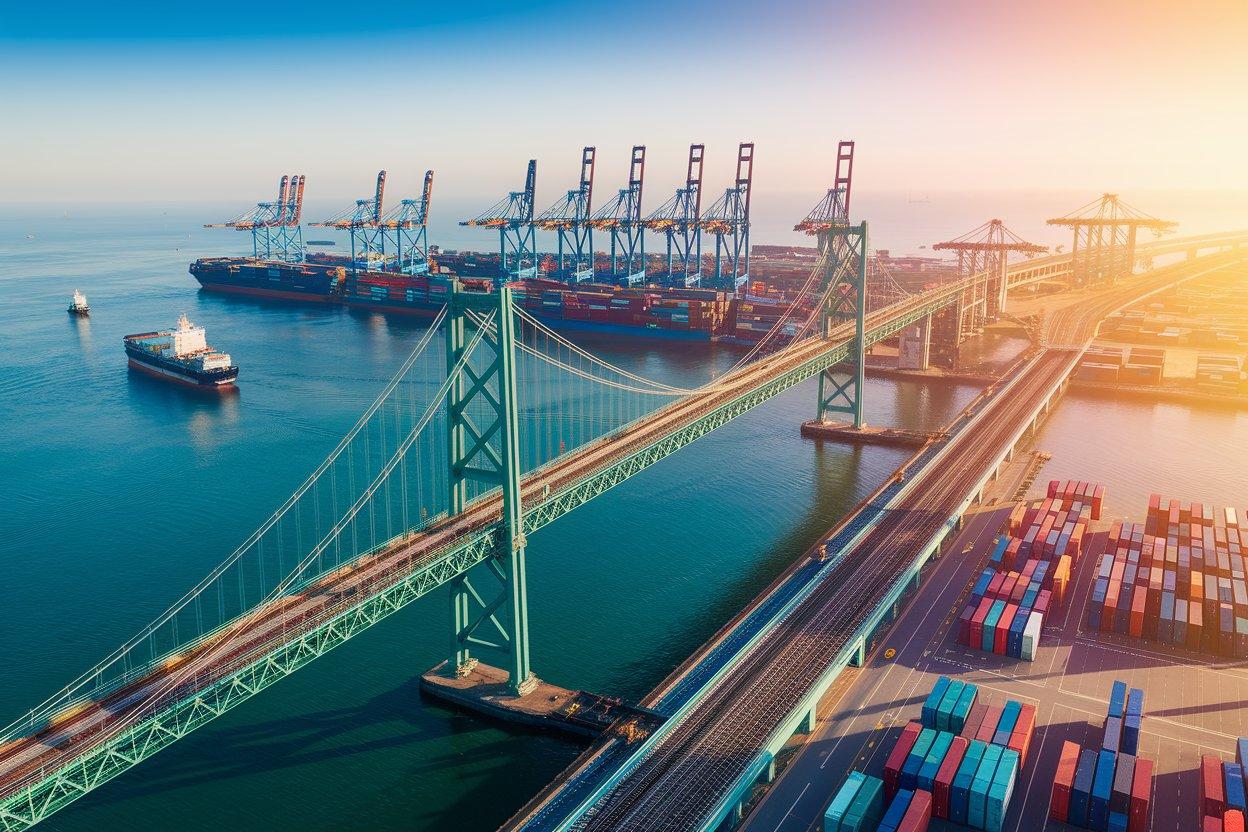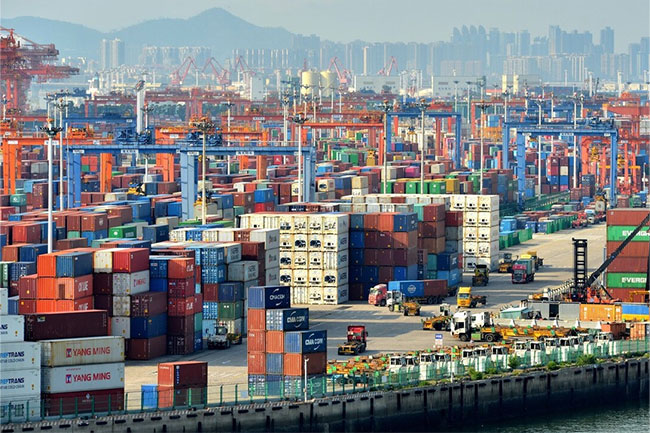- Shanghai Zhongshen International Trade Co., Ltd. - Two decades of trade agency expertise.
- Service Hotline: 139 1787 2118
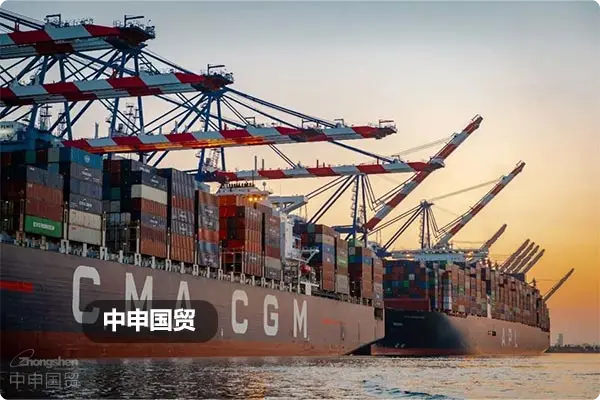
Contents
Toggleservice expert with 20 years of industry experience, this article will systematically analyze the core points of clothingExport RepresentationWhat costs can be saved for the company?
Professionalimport and exportAgency companies help enterprises save comprehensive costs through the following methods:
- Optimization of customs clearance costs:Leveraging HS code classification expertise to reduce tariff rates, a machinery company achieved a 17% tariff saving through precise classification.
- : By integrating the shipping line resources of the West Coast of the US (Los Angeles/Long Beach Port) and the East Coast of the US (New York/Savannah Port), agent services can shorten the transportation cycle by 30% and reduce the loss of LCL space.:Integrating resources from multiple shipping companies, an annual textile exporterMaritime TransportationCost reduced by 23%
- Time cost savings: The average customs clearance time is reduced by 3-5 working days, avoiding losses from demurrage fees.
- Hidden cost avoidance: Prevent fines caused by documentation errors (average fine per shipment can exceed 30% of the cargo value)
What is the fundamental difference between self-operated import/export and entrusted agency?
The core differences between the two are reflected in three dimensions:
- Qualification threshold:
- Self-operated businesses must complete six fundamental qualifications, including customs registration and electronic port procedures.
- Exporting special commodities also requires obtaining the corresponding industry license.
- Professional Ability:
- Document error rate: 8.7% on average for self-operated enterprises vs 0.5% for agency companies.
- There are significant differences in the ability to identify trade compliance risks.
- Resource Network: Agency companies typically have a service network covering 200+ overseas ports.
How to verify the authenticity of an import and export agency company's qualifications?
It is recommended to verify in three steps:
- Basic qualification verification:
- Customs recordation number (verifiable on the China Customs website)
- Filing for International Freight Forwarding (Query in the Business System of the Ministry of Commerce)
- Verification of professional qualifications:
- FIATA Membership (International Federation of Freight Forwarders Associations)
- WCA World Cargo Alliance Member
- Assessment of practical operational skills: Request to provide customs clearance records for the same category of goods in the past six months.
Is the agency fee charged as a percentage of the cargo value?
Typical fee structure includes:
- Basic service fee: Charged at 0.8%-1.5% of the cargo value (varies by category).
- Special handling fee:
- Hazardous Goods Declaration Surcharge: USD120 per B/L.
- Cold chain logistics monitoring fee: USD 0.3/CBM/day
- Risk guarantee deposit: Typically 5%-10% of the cargo value (refundable)
- Cost of funds: Interest generated from advance payment of taxes (refer to LPR rate)
How to prevent potential risks in import and export agency cooperation?
It is recommended to establish a three-tier risk control system:
- Contract terms:
- Clearly stipulate liability for compensation due to document errors
- Set the clause for penalty due to customs clearance time limit violation.
- : Obtain a copy of customs declaration data every week and conduct logistics reconciliation every month:
- Request real-time query of customs clearance status.
- Dual Verification Mechanism for Critical Nodes
- : Require the agent to purchase liability insurance of at least 5 million yuan: The agent is required to purchase professional liability insurance (the recommended coverage amount should not be less than USD 5 million).
What restrictions should be noted for the import and export of special items?
Latest Regulatory Requirements Reminder for 2025:
- Lithium Battery Transportation: UN38.3 Test Report + 1.2-Meter Drop Test Certification
- Import of food products: Overseas production enterprises must complete registration in advance (General Administration of Customs Order No. 248).
- Medical Equipment: Products of Class II and above must provide FDA/CE certification.
- Export of artworks: Cultural relics are prohibited from leaving the country after 1949 (New regulation by the Ministry of Culture in 2024).
How to evaluate a customs clearance agency's overseas capabilities?
It is recommended to evaluate from four dimensions:
- Degree of localization: Does it have a directly affiliated branch in the destination country?
- Case data: Request for customs clearance records of similar products in the target country.
- Compliance Certification:AEO Certification Status (Authorized Economic Operator - Advanced Certification)
- Emergency Response Capability: Response Plan When the Inspection Rate Exceeds 15%
Cross-border E-commerceDo you need professional import and export agency services?
According to the new cross-border e-commerce regulatory policy for 2025:
- Bonded stock preparation mode:It is mandatory to entrust an agency company with cross-border e-commerce qualifications.
- Overseas warehouse shipping: It is recommended to choose a service provider with tax filing capabilities in the destination country.
- Return processing: Professional agency solutions that can reduce reverse logistics costs by 40%
How do import and export agents handle the impact of trade friction?
The response mechanism of a professional company includes:
- Tariff exemption applications: The success rate of U.S. Section 301 tariff exclusion applications can reach 68%.
- Origin optimization: Achieve tariff concessions through RCEP rules.
- Alternative Solution Library: Stock up on alternative suppliers and logistics solutions in advance
How to establish efficient collaboration with an agency?
It is recommended to implement three standardizations:
- Information standardization: Standardize product description rules (adopting the international UNSPSC code standard)
- Process standardization: Establish an EDI data automatic docking system
- Emergency standardization: Establish a tiered response mechanism (e.g., a 48-hour customs clearance exception handling process).
Related Recommendations
Contact Form
? 2025. All Rights Reserved. Shanghai ICP No. 2023007705-2  PSB Record: Shanghai No.31011502009912
PSB Record: Shanghai No.31011502009912
